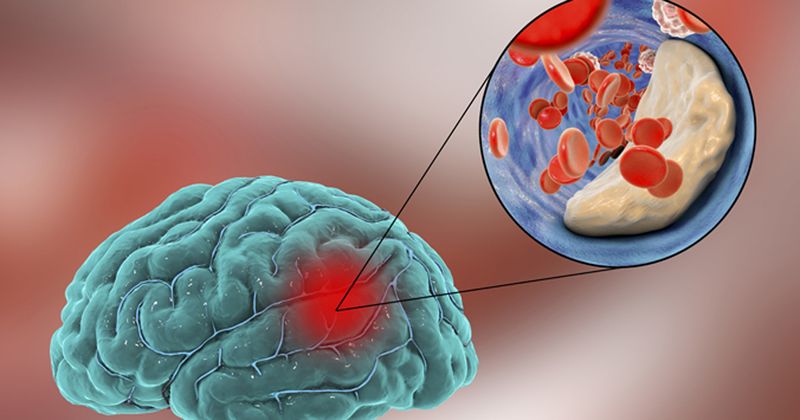Thrombectomy may benefit patients with pre-stroke disability, more research needed
Although thrombectomy was linked with improved functional recovery in patients with pre-stroke disability, it might also increase the risk for survival with significant disability, according to a study in JAMA Network Open.
“Stroke is a leading cause of disability worldwide,” Maximilian I. Sprugel, MD, of the department of neurology at Frederick Alexander University Erlangen-Nuremberg in Germany, and colleagues wrote. “Acute treatment strategies have greatly advanced in recent years, with thrombectomy and intravenous thrombolysis leading to rapid reperfusion and reduced disability.”

With uncertainty surrounding the benefits of thrombectomy in patients with pre-stroke disability, Sprugel and fellow researchers aimed to evaluate the effectiveness of the procedure in patients with large vessel occlusion and pre-stroke disability (modified Rankin Scale score 3 or 4).
The cohort study included 205 participants (72.7% women; median age, 82 years) who were admitted to a single tertiary care center between January 2006, and June 2019, of whom 102 received thrombectomy and 103 were non-surgical controls. Outcomes of interest included functional recovery at a 90-day follow-up, defined as clinical recovery to functional status prior to onset of stroke, and functional dependency, mortality, early neurologic improvement and recanalization.
According to results, functional recovery was reported in 19.6% of thrombectomy patients at 90 days and 7.8% of controls (adjusted difference = 9.4%; 95% CI, 2.2-16.7). The rate of functional dependency did not differ significantly between the two groups, with researchers reporting the outcome in 27.5% of thrombectomy patients and 18.4% of controls (AD = 8.9%; 95% CI, 2.5 to 20.2).
Data additionally revealed the rate of functional recovery after thrombectomy was 44% for patients with early neurologic improvement within 7 days, 29.4% for patients with small infarct volume (<50 mL) and 7% for patients with large infarct volume and without early neurologic improvement.
“Thrombectomy was associated with improved functional recovery in patients with pre-stroke disability. However, intervention-associated benefits were small and thrombectomy might increase the risk of survival with substantial disability,” Sprugel and colleagues wrote. “Further research is needed to assess both benefits and harms of the intervention.”
